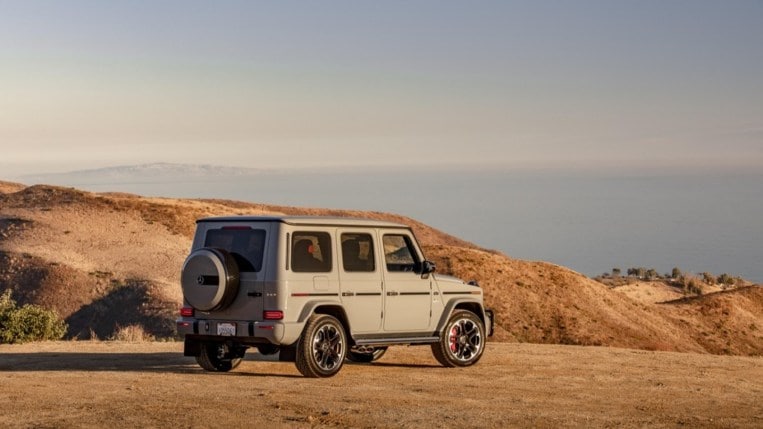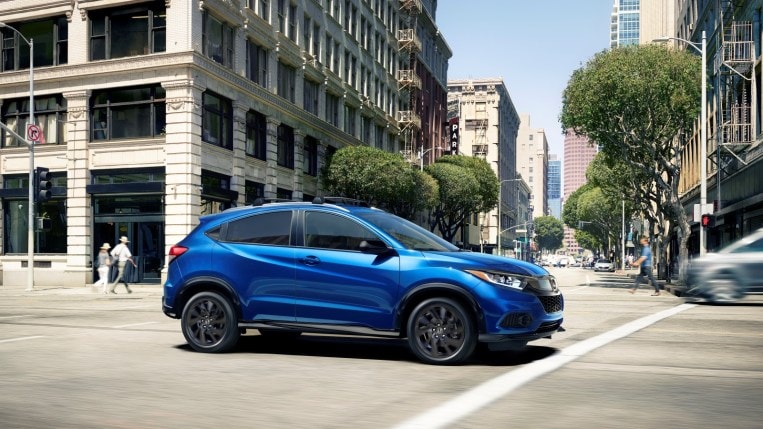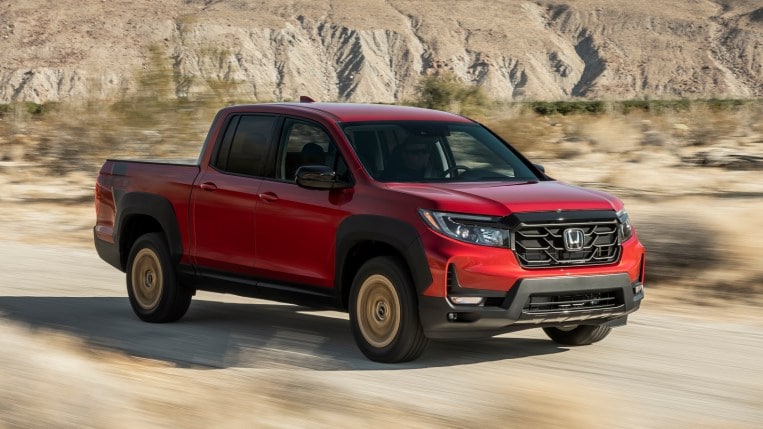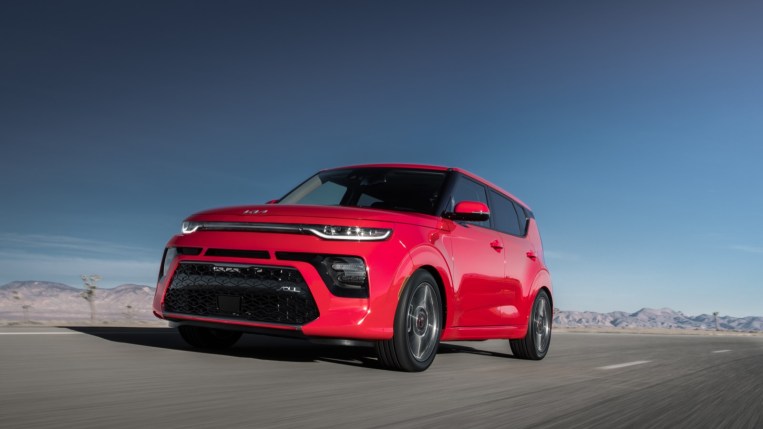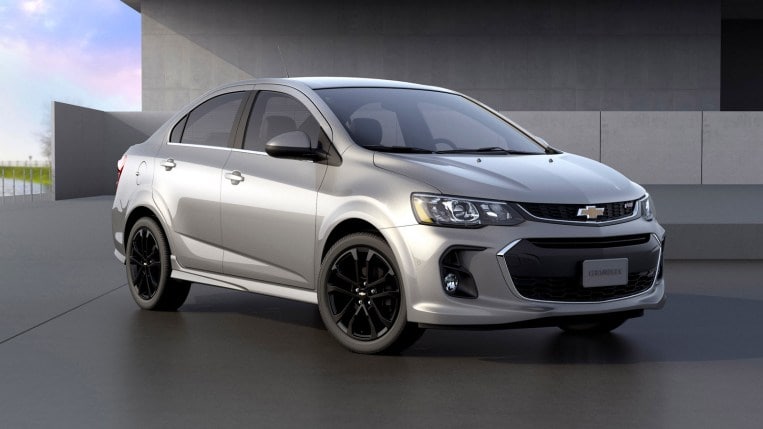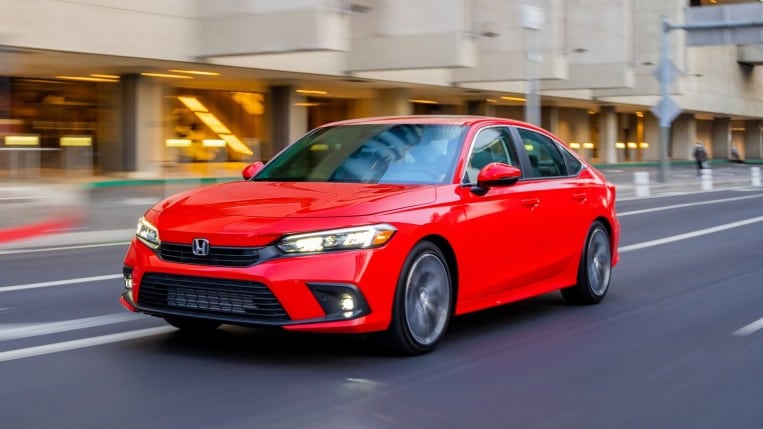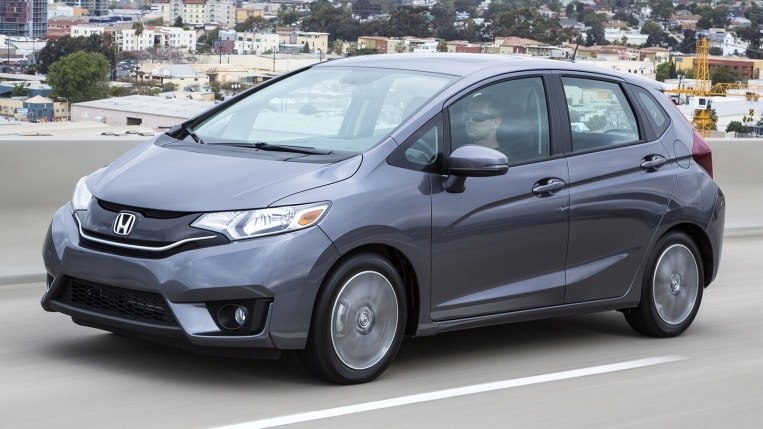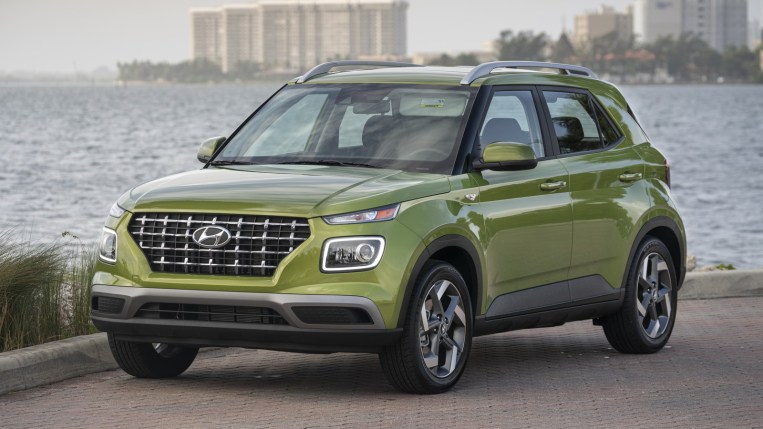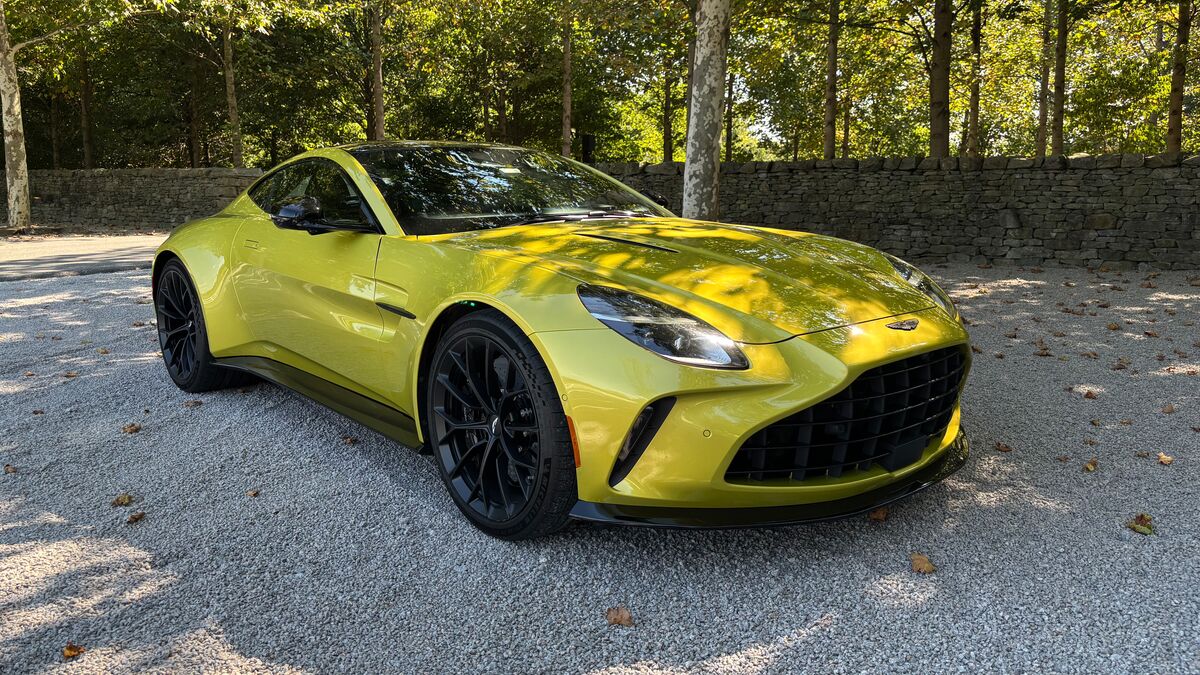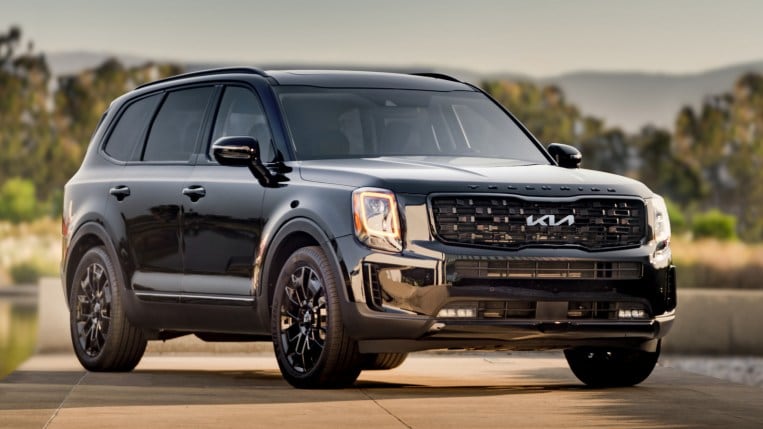
The average sticker price for a new car crested the $41,000 mark for the first time in June. And sticker price is just part of the story. The average buyer paid more than the asking price for 84 models of car in May, Kelley Blue Book data show.
Low Supply
The average new car contains more than 100 microchips. The tiny processing units control everything from valve timing to cabin temperature. But the COVID-19 pandemic triggered a worldwide shortage of microchips that has hit the auto industry hard.
That has left auto factories idle or producing slowly. Dealerships have found themselves short of many popular models. At the beginning of July, America’s inventory of new cars for sale hit the lowest number since record-keeping began in 1976.
Some models faced more severe inventory problems than others – Kia dealers were down to a single day’s supply of the popular Telluride SUV at the beginning of July.
High Demand
Americans, meanwhile, have gone back to car dealerships in droves. Travel restrictions have been lifted. Government incentives put cash in the hands of consumers and helped spur an economic recovery. And many people decided to buy cars rather than crowd into public transit during a pandemic.
That has meant record sales. The seasonally adjusted sales rate – a figure that removes normal seasonal fluctuations to make it easier to compare one month’s data to another’s – hit a record in April and has stayed high ever since.
The Result: Paying Over Sticker
When low supply meets high demand, prices rise.
The listed price on the new car’s window sticker is rarely the final price it sells for. Americans have always treated new car prices as negotiable.
Usually, that means new cars sell for less than their listed price. Manufacturers routinely add incentives to bring the cost down. Dealers do the same. Car shoppers go into most deals expecting to talk the price down. Dealers go in expecting to make money off the financing process, dealer options added to cars before sale, service contracts, and other items that keep cash flowing in even when the car sells for less than the posted price.
But this market is unusual. Manufacturer incentives are rare. Dealer incentives are rare. And many buyers are entering the negotiation process expecting to pay more than the listed price.
10 cars that sold for the highest markup in May:
Mercedes Benz G-Class
- 115.2% of MSRP
- Average Sticker Price: $172,471
- Average Transaction Price: $198,688
Kia Telluride
- 107.65% of MSRP
- Average Sticker Price: $43,407
- Average Transaction Price: $46,730
Honda HR-V
- 105.07% of MSRP
- Average Sticker Price: $24,631
- Average Transaction Price: $25,880
Honda Ridgeline
- 104.69% of MSRP
- Average Sticker Price: $40,601
- Average Transaction Price: $42,516
Kia Soul
- 104.26% of MSRP
- Average Sticker Price: $22,040
- Average Transaction Price: $22,978
Chevrolet Sonic
- 104.14% of MSRP
- Average Sticker Price: $20,945
- Average Transaction Price: $21,813
Honda Civic
- 104.12% of MSRP
- Average Sticker Price: $24,053
- Average Transaction Price: $25,043
Cadillac Escalade
- 104.03% of MSRP
- Average Sticker Price: $102,531
- Average Transaction Price: $106,665
Honda Fit
- 104.02% of MSRP
- Average Sticker Price: $18,481
- Average Transaction Price: $19,224
Hyundai Venue
- 103.89% of MSRP
- Average Sticker Price: $21,534
- Average Transaction Price: $22,371
Class of 2022: All the New and Redesigned Cars, Trucks and SUVs
